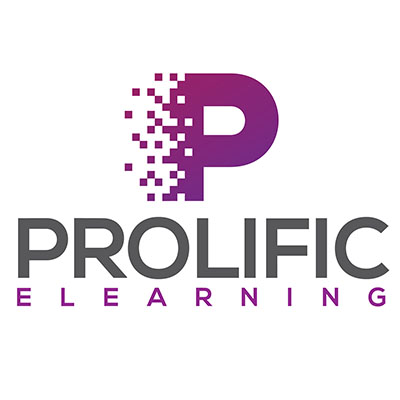ATD Blog
3 Tips for Enticing your Audience with E-Learning
Tue Feb 04 2020

What’s the best way to ensure your training has a major effect? Get your audience to buy in from the beginning.
To achieve this buy-in, there are many ways you can capture the audience’s attention at the start of the course and retain it throughout. Your engaged audience is naturally going to be more successful when it comes to implementing the new content, so you’ll see a rise in course effectiveness as a result.
Here are three tips to entice your e-learning audience from the first screen and ensure their continued engagement in the course:
1. Give Your Training Visual Appeal
While it’s the content that really counts, looks do matter when it comes to training. The overall design of your training is the first thing your learners will react to. Before they click start or begin to read, the course’s design sets the tone for the training and your audience’s reaction to it.
Enlisting the help of a graphic designer to create images or templates for your slide decks or LMS is ideal, but since not everyone has the resources to hire a professional, here are some quick tips for producing aesthetically pleasing content:
Choose a color theme. If you’re working with a specific company or brand, their logo and other promotional material can give you a good starting place for color inspiration. Take advantage of free resources like an eyedropper tool (to grab colors from web resources) and color palettes (to see suggestions for what colors complement each other).
Know your fonts. The best text font varies depending on the medium and personal taste, so font choice can be a judgment call. In general, keep it simple and don’t use more than two fonts on one page. When in doubt, Google your favorite font to find out whether it’s best for headings or body text and to find other fonts that it pairs well with.
High-quality images only! Blurry or pixelated images are not only hard to look at from a design point of view, but they may become an obstacle between your learner and the content they need to master.
Don’t go overboard. Visual appeal can capture your audience’s attention and hold it, but if your training is overloaded with graphics or uses distracting colors or hard-to-read fonts, you’ll lose them before they even start.
2. Connect Learning Directly to how It Benefits the Learner
This is another great way to get your audience’s attention within the first minute of the course. Traditionally, the learning objectives of the training appear on one of the first screens. Often, these learning objectives aren’t in user-friendly language so they don’t mean much to the learner.
Here are some questions to think about as you decide how to present the learning objectives to your audience:
How does the learner benefit from the training? If this new information will make some aspect of their job easier or lead to professional growth, explain this along with your objectives.
Who were your objectives written for? If the objectives were written by management or by an instructional designer, the language isn’t necessarily going to be impactful to the learner. This doesn’t mean you have to change your objectives. Altering the wording or adding an explanation to your objectives screen can get your audience to buy-in to the training right away.
What real-life situations do the objectives affect? Relating the objectives to the everyday lives of your audience highlights the importance of the training and reinforces the WIIFM (what’s in it for me).
3. End With a Call to Action
This is a great way to wrap up your training and circle back to the learning objectives. Your call to action should give your audience their next steps: how they are going to start implementing this new knowledge.
The specifics of the call to action will vary depending on what the training is, but you might give suggestions for several small ways they can use their training in the next couple of days as well as some bigger steps for them to take in the following weeks.
You've Reached ATD Member-only Content
Become an ATD member to continue
Already a member?Sign In

